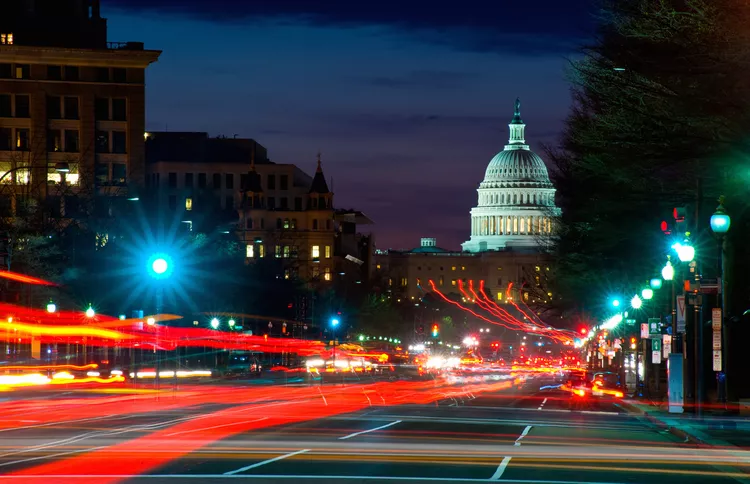Commuting in Washington, DC: A Comprehensive Guide
Commuting to Washington, DC is challenging, and the region’s traffic problems are legendary. Residents of Washington, DC, Maryland, and Virginia utilize a variety of transportation options, which include driving, mass transit, carpooling, bicycling, and walking. This guide will help you understand commuting alternatives for the Washington, DC area.
Driving
Driving offers the greatest flexibility, allowing you the freedom to travel at your own pace. However, it can also be the most time-consuming and expensive method of getting around the Washington, DC area. Therefore, plan to allocate sufficient time for potential traffic delays and parking once you reach your destination. Be sure to check traffic alerts before hitting the road. Moreover, if you can create a carpool, you’ll save on fuel costs and enjoy some company during your commute.
- Traffic Alerts – Plan ahead by accessing traffic reports to get real-time updates. Discover detours and alternative routes to avoid congestion.
- Carpools – By sharing the ride, carpoolers save significantly on fuel and vehicle maintenance costs. Additionally, carpooling can reduce travel time since these vehicles can utilize HOV lanes, which generally provide quicker passage compared to regular lanes.
- Slug Lines – Slugging is a well-organized system where commuters pick up passengers headed to the same destination. This method is advantageous for both drivers and passengers: passengers save on fuel costs while drivers benefit from quicker travel by using HOV lanes (allowed only with three or more occupants).
Metrorail and Metrobus
The Washington Metropolitan Area Transit Authority (WMATA) is responsible for providing public transportation throughout the Washington, DC metropolitan area. The Metrorail subway system consists of five lines, 86 stations, and 106.3 miles of track. Meanwhile, Metrobus operates a fleet of 1,500 buses, offering comprehensive links to bus lines in the Maryland and Northern Virginia suburbs. By choosing public transportation, commuters can maximize their time by reading, napping, or catching up on work while en route.
Commuter Rail
Two primary commuter rail systems service the Washington, DC area: the Maryland Area Regional Commuter (MARC) and the Virginia Railway Express (VRE). Both systems operate only on weekdays and offer cross-honor agreements with Amtrak, providing reduced fares for commuters.
- MARC Train – This 187-mile commuter rail system covers three lines from Washington, DC to Baltimore; Washington, DC to Perryville; and Washington, DC to Martinsburg, West Virginia.
- Virginia Railway Express – VRE connects northern Virginia with Washington, DC and operates along two lines, one from Fredericksburg and another from Manassas. Key stations include Crystal City (Arlington, Virginia), L’Enfant Plaza (Washington, DC), and Union Station (Washington, DC).
Commuting by Bike
In recent years, Washington, DC has evolved into a bike-friendly city by adding more than 40 miles of bike lanes and leading the nation with Capital Bikeshare, the largest bike-sharing initiative in the United States. This regional program boasts over 1,100 bikes available throughout Washington DC and Arlington, Virginia. Local residents can engage in this environmentally-conscious mode of transport for a sustainable commuting option.





